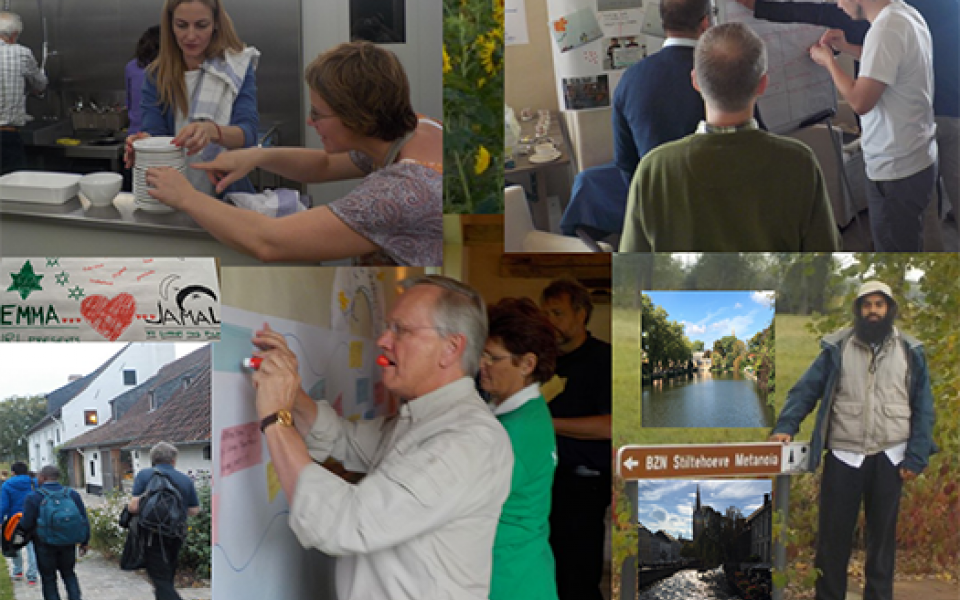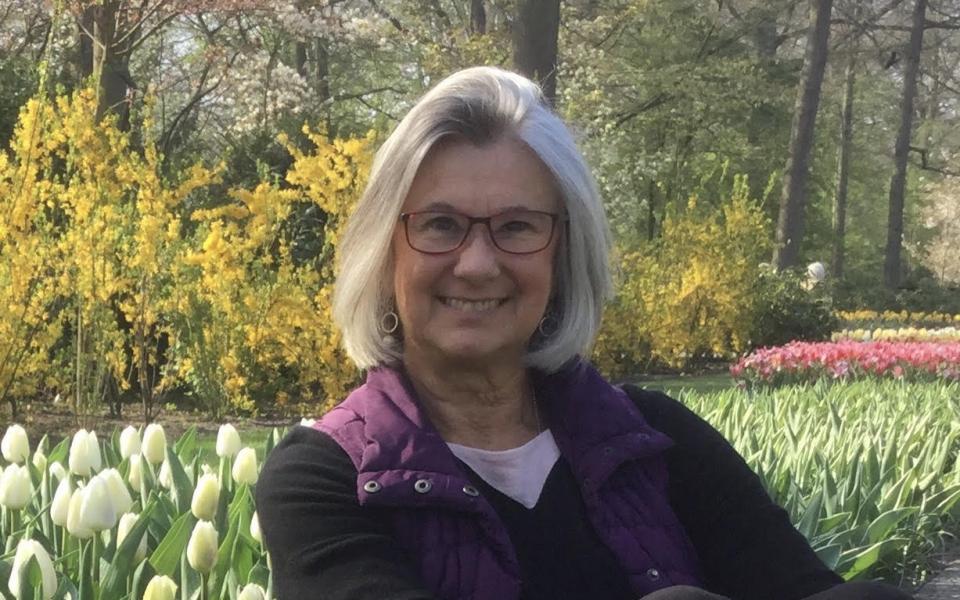
URI: A Story of Relational Learning and Development
Since its inception, URI has grown to include 914 Cooperation Circles in 104 countries. One important aspect of URI’s growth has been the learning that occurs when Cooperation Circle members gather face-to-face during a Regional Assembly. Each assembly affords URI members rich opportunities to share and learn with each other about the strengths and best practices of their Cooperation Circles, interfaith peace-building and the URI as a global organization. With each assembly, the best of URI is discovered and reinforced, and the future of URI is envisioned. This process of relational learning and development is a hallmark of URI.
Dr. Diana Whitney, a gifted organizational leader for URI and founder of her own company, Corporation for Positive Change, has contributed in many ways to URI’s evolving organizational knowledge and development. For example, when Diana volunteered to help design and facilitate a Regional Assembly in North America a number of years ago, she observed and documented key design decisions that a planning team must address when hosting a Regional Assembly.
The following considerations can be used to guide you as you design URI meetings to bring local groups together at the regional levels. Each consideration is presented as a continuum and provides a way to think about questions that need to be addressed in order to meet the varied needs of both Cooperation Circle members and local host communities.
Five Considerations for Designing URI Meetings, Local and Regional Assemblies
1. How will you balance the need to help people learn about the global organization with the need to honor local sponsors and support Cooperation Circle local identities?
- Give people a sense of the whole network ---------------- Honor local sponsors and support local identity
2. How will you welcome newcomers while at the same time honoring and engaging people with URI experience?
- Engage people coming for the first time ---------------- Engage people with the URI experience
3. How will you offer opportunities, both for people to learn what has worked in the past, and to create new practices and experiments to inspire and energize regional identity?
- Teach best practice workshops ---------------- Co-create pieces that give ‘life’ to regional identity
4. How will you ensure a rich sharing of what works well, while at the same time honoring the need to learn and grow into the future?
- Share local activities: What is happening now? ---------------- Prepare for the future: What is needed?
5. How will you balance activities that enable Cooperation Circles to share who they are, and activities that enable Cooperation Circles to learn and plan to meet new challenges?
- Listen to Cooperation Circles ---------------- Lift Cooperation Circles to an even greater potential
The URI is a learning organization. As such, each URI gathering is a time for sharing what works well and a time for wondering what else can be done. By talking about the five considerations, a planning team can design a local meeting or a Regional Assembly that is welcoming, inclusive and in all ways a living example of URI principles in action.

Dr. Diana Whitney, a gifted organizational leader for URI and founder of her own company, Corporation for Positive Change, has contributed in many ways to URI’s evolving organizational knowledge and development.